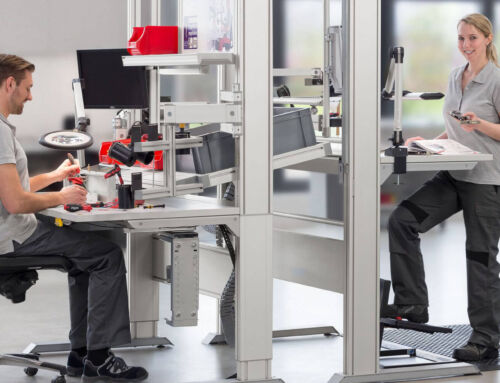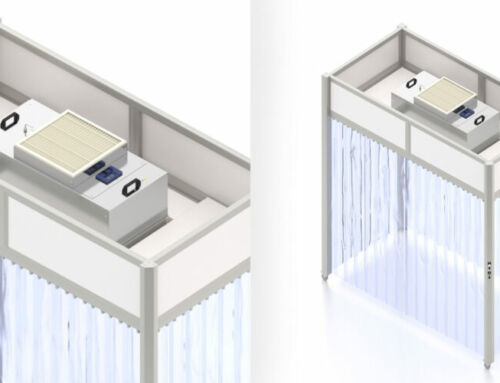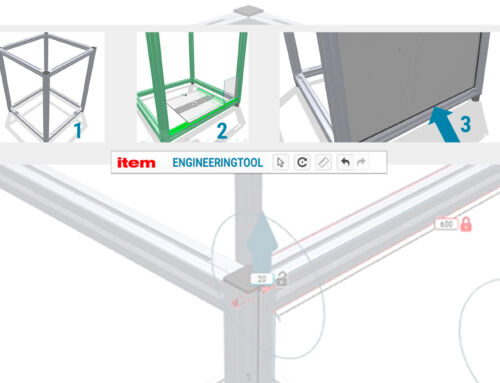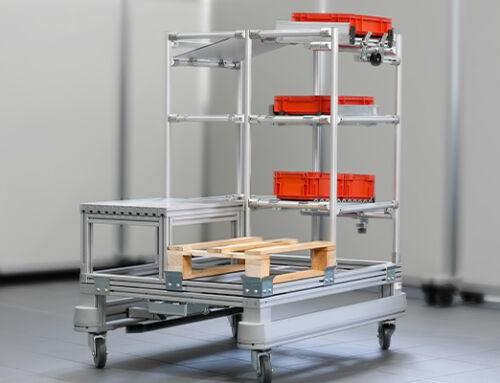Fabiola Calderón, industrial designer at item Oeste in Mexico, believes that attitudes passed on to children early in their lives have a big impact on the career choices they make later in life.
“As children, boys are taught that tools are for men, and playing house is for girls,” Calderón says. “I think it’s a challenge (for women) because the men, since childhood, have been exposed to a frame of mind that’s more akin to engineering ‘men things’, as they say.”
A recent survey commissioned by Microsoft confirmed that interest in STEM subjects typically peaks for girls around the age of 11 and then quickly diminishes by the time they’re 15. Most of the girls in the study cited a lack of role models in STEM as a key reason they didn’t follow a career in that sector.
The importance of mentors/role models
More than half (57%) of the young European women Microsoft surveyed said that having a teacher who encouraged them to pursue STEM interests would make it more likely for them to follow that career path. Calderón insists that teachers and educators can have, perhaps, the greatest impact on students who are studying to become professionals in technical fields.
“At some point, you ask yourself: is this the best path?” she candidly admits. “A Mexican designer named Jorge Moreno helped reinforce my yearning to keep studying in this field. I liked how he maintained his design philosophy to (include) social and solutions-based aspect(s) in creative and fun ways.”
Moreno’s encouragement inspired Calderón to continue pursuing her passion for engineering. She believes initiatives that target inclusion for young girls who want to enter traditionally male-dominated fields like science and engineering are critical for those girls who face the kind of career-path related questions as she did
“If women simply feel included (in the field),” she says, “they can achieve the same work accomplishments in engineering” as their male counterparts.
Defining success
For women in engineering, deciding on their career path is one matter, but staying in the field has proven to be quite another. Nearly 40% of women with engineering degrees either leave their profession or never enter the field.
Calderón believes that workplace environments which provide dedicated opportunities for women to advance and develop are part of the solution. The other key? Figuring out, early on, how to define success.
“Success can be measured in many ways and I still don’t feel I have accomplished my top success,” she says. “By doing what you love, you don’t focus on milestones, … (you) think of success as a goal as much as it’s a journey.”
item is proud to support the inclusion and empowerment of women in the field of engineering. For more news that highlight the amazing stories and contributions of women engineers, visit https://www.advancingwomenengineers.com/









